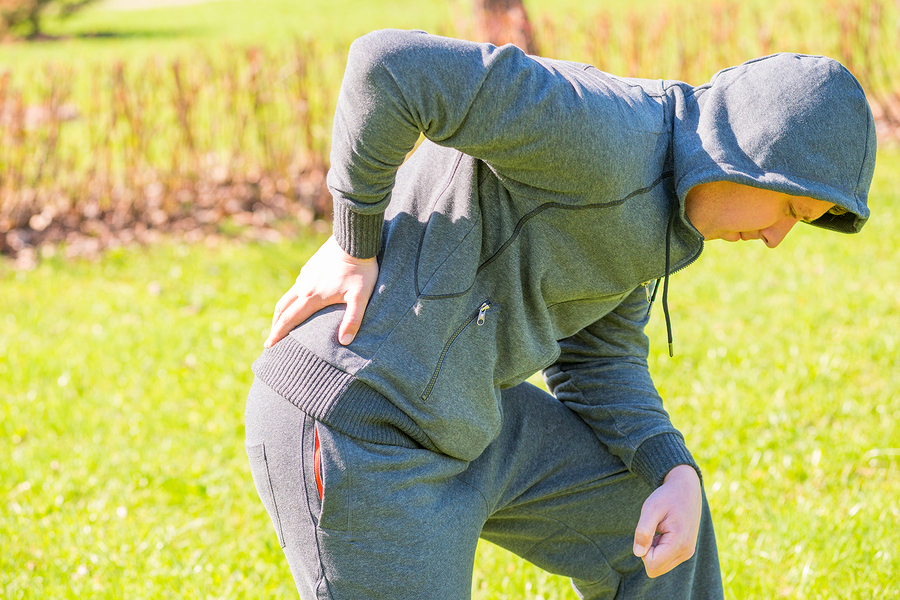
24 Jul What is a Slipped Disc? Does the condition even exist?
Physiotherapists often hear the phrase “slipped disc” in consultation when seeing patients for back pain or sciatica.
The term slipped disc has most certainly fallen out of favour in the physiotherapy world as it is not a specific diagnosis for what is actually going on in the spine and tends to make people feel quite frightened as to what the problem is.
Discs don’t slip. They bulge, tear, herniate or become degenerative (thinner and less able to deal with shock absorption).
Discs are made up of a fibrous tissue on the outside, with a softer jelly substance in the middle. Think of it like a jam donut! When the disc is under particular stresses the disc can be compressed leading to some of the jam being pushed out of the donut. This is a disc herniation. The jelly substance causes a great deal of irritation to the nerve root and can cause severe pain down the leg (or arm if in the neck).
More often, discs develop a bulge (where the jelly substance hasn’t broken through). Again, this can cause irritation due to restriction on the nerve root in the spine and cause pain.
The main things to be concerned about in regards to a disc issue are if you suddenly develop numbness in the genital region, loose bladder or bowel control or have weakness in both legs. This is very rare, but should these symptoms occur you must be seen by a doctor as a matter of urgency.However, disc bulges often improve with the correct exercises and guidance from a physiotherapist.
Tara Lawson
Chartered Physiotherapist



No Comments